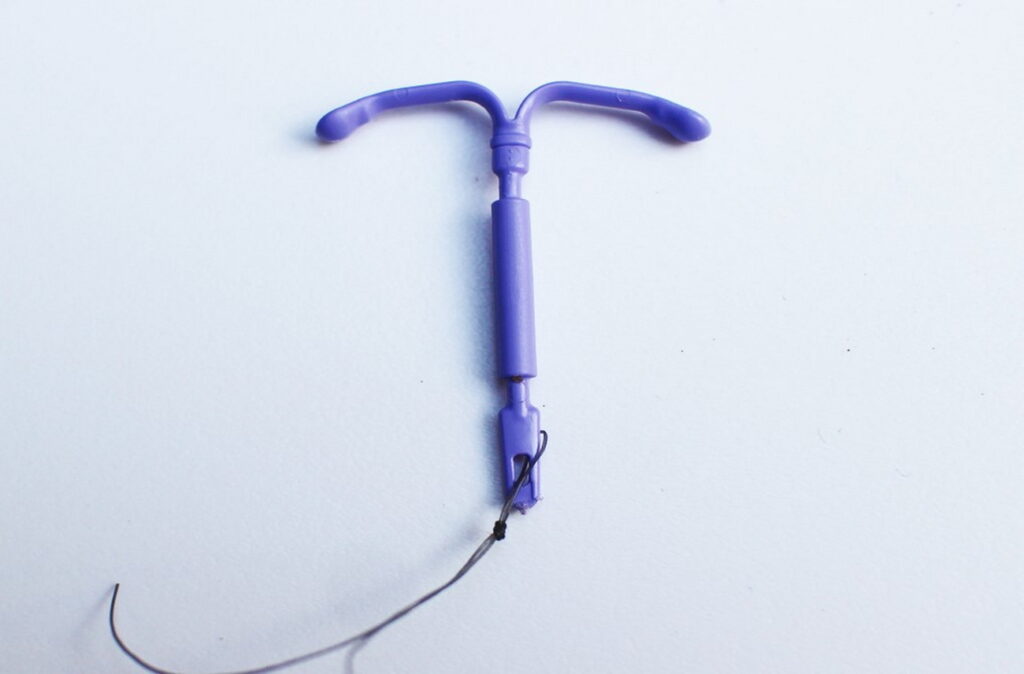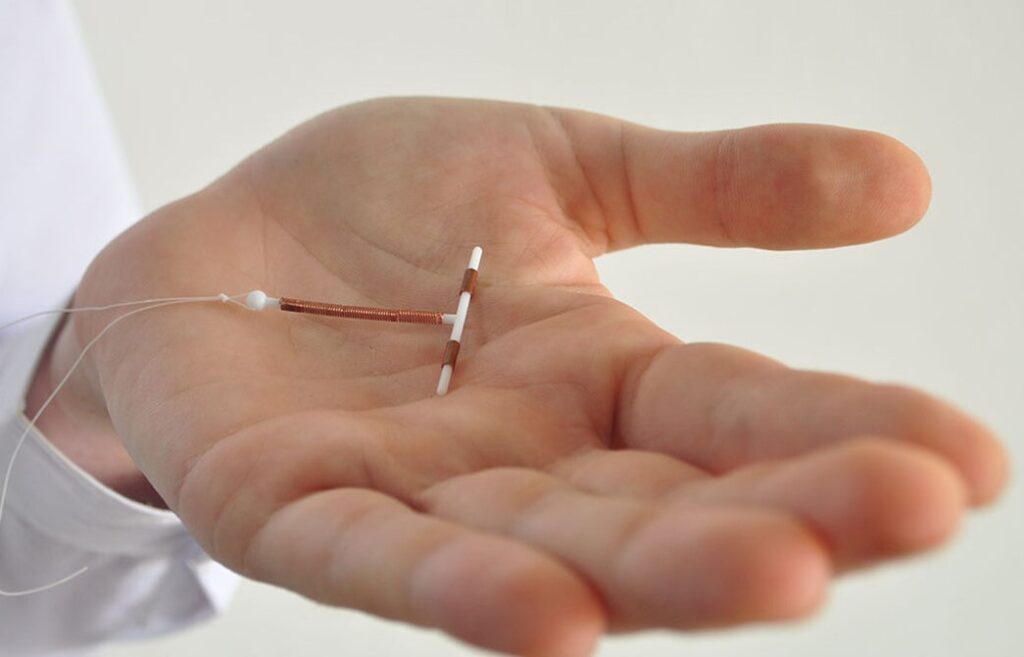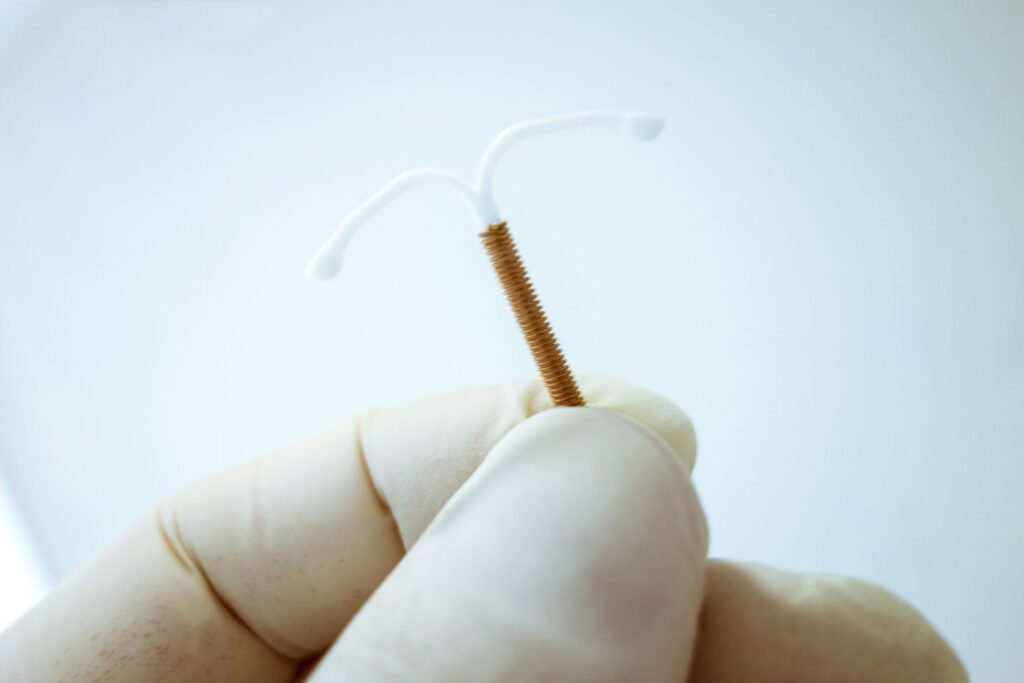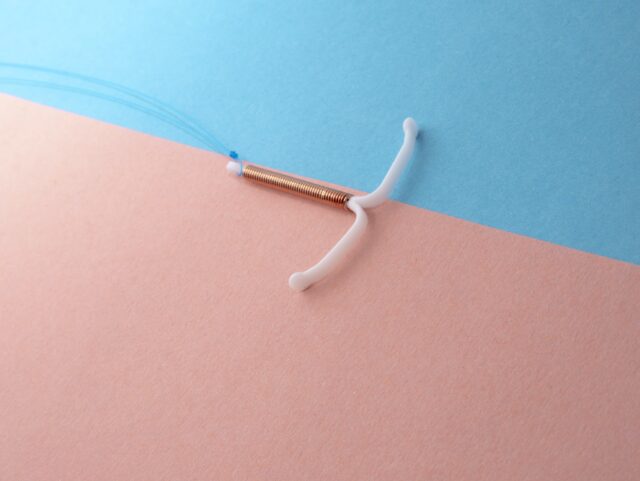Intrauterine devices (IUDs) have become a popular and effective form of long-term contraception for women worldwide. They offer a high level of protection against unintended pregnancies and are low-maintenance compared to other birth control methods.
However, like any medical device, IUDs are not without their potential risks and complications. One of the concerns that often arises is whether an IUD can break and pose harm.
In this article, we will explore this question in detail and provide insights into the safety of IUDs.
Understanding IUDs
Intrauterine devices, often referred to as IUDs, are small, T-shaped contraceptive devices made from either plastic or copper. They are typically inserted into the uterus by a healthcare provider.
It’s worth noting that IUD usage is most common among women aged 25 to 34. Usage rates in this age group are about 60% higher than those among women in the 20 to 24 age bracket.
There are two main types of IUDs:
Hormonal IUDs

These release small amounts of hormones, usually progestin, directly into the uterus. This hormonal release thickens cervical mucus, creating a barrier that makes it more challenging for sperm to reach and fertilize an egg.
Copper IUDs
These are hormone-free and rely on the toxic effects of copper on sperm to prevent pregnancy. They also create an inhospitable environment for fertilization.
Can an IUD Break?
According to TorHoerman Law, IUDs are renowned for their durability and long-term effectiveness, contingent on the specific type and brand. Although IUDs are generally robust, there exists a slight possibility of breakage or displacement. However, recent concerns have arisen regarding Paragard IUDs.
Many women filed the Paragard IUD lawsuit, alleging a design flaw that led to device breakage during removal. Consequently, a portion of the device can potentially remain lodged in the uterus or other internal organs, resulting in injuries.
Women involved in these lawsuits contend that the manufacturers failed to adequately warn both doctors and patients about these risks.
Consequently, plaintiffs have endured various incapacitating consequences stemming from the removal of Paragard IUDs, with some women necessitating surgical intervention.
Ongoing litigation is targeting Paragard for the injuries inflicted on women by their intrauterine devices.
As of August 15, 2024, there are 2,094 pending lawsuits against the company. These cases are being heard in the federal court in Georgia under the MDL number 2974.
However, the risk of breakage is quite low, and it’s essential to understand the factors that can contribute to this rare occurrence:
Insertion by a Skilled Provider

Proper insertion of the IUD by a trained healthcare provider is crucial. When inserted correctly, the IUD should be securely positioned within the uterus, reducing the risk of breakage.
Quality of the Device
Selecting a well-established and trustworthy brand, along with ensuring the device’s high-quality construction, can significantly reduce the risk of breakage. Historical data suggested fracture rates of 1%–2% in early IUDs.
However, the frequency of such complications with modern IUDs remained uncertain until recent research emerged.
Type of IUD
Copper IUDs tend to be more rigid, which may slightly increase the risk of breakage compared to hormonal IUDs. However, this risk is still relatively low.
Timing of Removal
IUDs should be removed by a healthcare provider when they expire or when a woman decides to stop using them. Delaying removal past the recommended timeframe can increase the risk of complications, including breakage.
Potential Risks and Harm
If an IUD were to break, it could potentially pose some risks and harm to the user. These risks may include:
Pain and Discomfort

A notable percentage of individuals, ranging from 11% to 17%, may experience severe pain during the insertion of an IUD, necessitating pain management.
However, a broken IUD presents a far more serious concern. A fractured IUD has the potential to induce substantial pain and discomfort, often demanding immediate removal or replacement.
Ineffectiveness
A broken IUD may not provide the desired contraceptive protection, increasing the risk of unintended pregnancy.
Migration
In exceptional instances, a fragmented IUD that has broken could migrate within the uterus, raising the possibility of more severe complications. Migration is a relatively uncommon occurrence. Its rates range from 0.3 to 2.6 per 1,000 insertions for hormonal intrauterine systems and 0.3 to 2.2 per 1,000 insertions for copper IUDs.
Infection
Though not frequently encountered, a fractured IUD can elevate the risk of infection, particularly when it breaches the uterine wall.
The most prevalent form of infection associated with this complication is pelvic inflammatory disease (PID).
In the United States, PID is diagnosed in over 1 million women annually. It is characterized by the movement of bacteria from the vagina and cervix into the uterus, ovaries, or fallopian tubes.
Conclusion

IUDs are generally safe and effective contraceptives with a low risk of breakage.
While there is a small chance that an IUD can break, it’s essential to focus on the overwhelmingly positive track record of these devices. They have been highly effective in preventing unintended pregnancies.
Regular check-ups with a skilled healthcare provider can help ensure the continued safety and effectiveness of your IUD. Following manufacturer guidelines is also crucial, as it provides long-term contraceptive protection with minimal risks.
If you have concerns or unusual symptoms related to your IUD, consult your healthcare provider for guidance and care.



